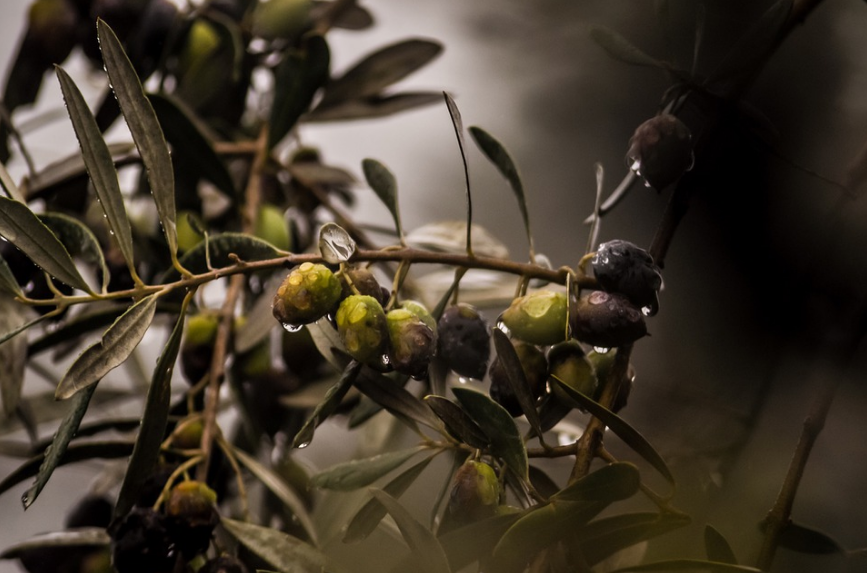The olive is considered one of the tastiest fruits that you can consume, as its flavor can enhance the taste of any dish when it is used as oil or as a topping. However, when you eat olives raw, it doesn’t really taste wonderful at all since it has a strong bitter flavor that may be too much for some. So, when we buy olives in the market, most of them will already be prepared as pickled olives, sliced olives, and olive oil.
So, because we usually don’t see raw and whole olives, most of us aren’t really knowledgeable on what to look for to determine which olives are the best when it comes to flavor, texture, and health benefits. If you are curious to really learn more about olives, we are here to give you a detailed but easy-to-read guide on one of the most versatile fruits in the world. To start this guide, let us first discuss the different varieties of olives that you may encounter in markets and farms.
Varieties of Olives
It is surprising for many people to know that there are actually different kinds of olives. These olive varieties typically differ in size, shape, color, and texture, but there are some that have a different flavor compared to most varieties. Here are the different types of olives that you should know about.
- Mission – this type of olive is arguably the most common in the United States, as this is the one that you will find in cans. In fact, more than half of the olives that are grown and farmed in the US are of the mission variety. The mission olive is usually served sliced as a topping for pizza and other dishes.
- Niçoise – this variety of olive is purple in color and is typically egg-shaped. Most people describe its flavor to be very savory, which is why this type of olive is used for salads to give the dish a nuttier and sour flavor.
- Kalamata – named after a city in Greece, Kalamata olives are dark brown in color and are relatively larger in size compared to most varieties of olives. The flavor of Kalamata olives is very salty, and they are often used as an ingredient for Greek salads.
- Castelvetrano – this variety is another large-sized olive like the Kalamata, but it has a green color instead of dark brown. Castelvetrano olives are known for their sweet flavor that is often overpowering if used for salads. So, it is primarily utilized as a sauce for roasted chicken or for pasta.
- Cerignola – an Italian variety of olive that has a bulbous body and thick flesh. There is no definite color for Cerignola olives, as they can come in different colors, such as purple, red, black, and green. This variety of olive is often described to have a butter flavor that coats your mouth.
- Arbequina – one of the smallest types of olive is the Arbequina, a Spanish variety of olive that can come in green or dark brown. Arbequina olives are typically used to make olive oil because of their rich flavor.
Farming Olives
Most of the olives that are farmed around the world are used to make olive oil. In addition, about 90% of olives in different farms are utilized to produce olive oil, with the other 10% being used to make sliced olives, pickled olives, or raw olives in cans.
Harvesting olives is relatively easy compared to farming other fruits and natural food products, although the best olives are painstakingly picked by hand. Mass-produced olives made by big companies use motorized or electric olive rakes to make it faster for them to harvest the fruits. However, the downside to using machinery in olive harvesting is that it can damage the skin of the olives, so most of what is harvested will not look great. To keep the olives in their best shape, they should ideally be hand-picked.
Olive Colors and Ripeness
The time of picking also matters for olives, as the ones that are overripe would tend to have softer insides that will get easily squashed by hand. So, most farmers tend to pick olives early, particularly when they are still green in color.
A green olive represents the early stages of the fruit, as it is still unripe when it has this color. This green olive will eventually turn red over time, which means that it is close to being ripe before it turns purple, and then brown. Brown olives would be the last stage of the fruit before it gets too soft.
Black olive is the overripe stage of the fruit, and, as previously mentioned, these black-colored olives would usually be too soft to be used raw or pickled. So, black olives are mixed with green olives to make different varieties of olive oil since green olive will give the oil its flavor and bitterness while black olives provide a supple and buttery texture. There are some olive oil products that are made purely from green olives, but there are also rare ones that exclusively have black olives on them. However, most of the olive oils in the market today have a mix of black and green olives as their primary ingredients.
Those are just some of the most important things that you should know about olives, especially in the different varieties that you can choose, as well as the different colors that they have when harvested. Picking the perfect olives for your recipes will be much easier now, as you will have the knowledge to know which varieties and colors are suitable for particular ingredients and dishes. Go and visit an olive farm one day to learn more about how olives are harvested and made into various kinds of products.

